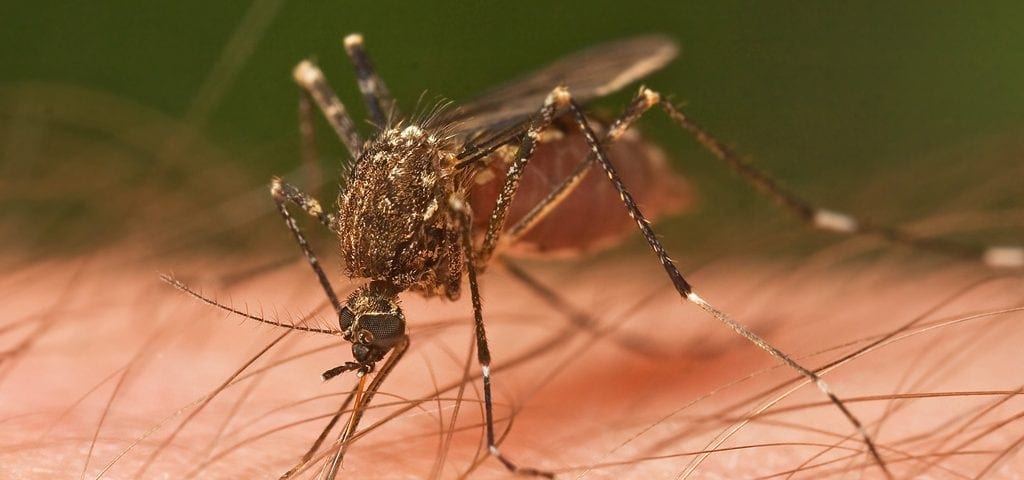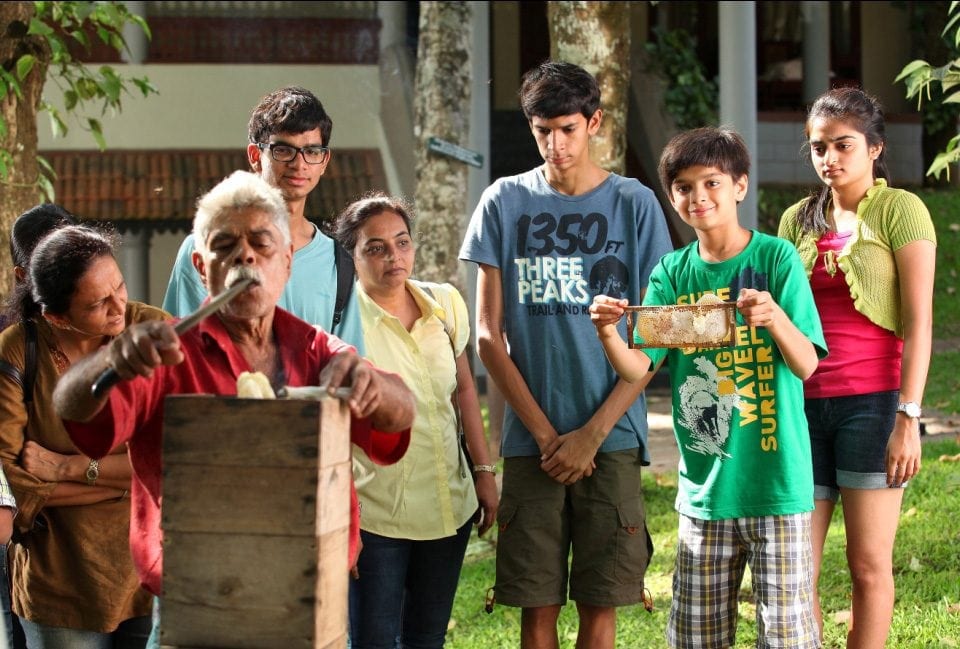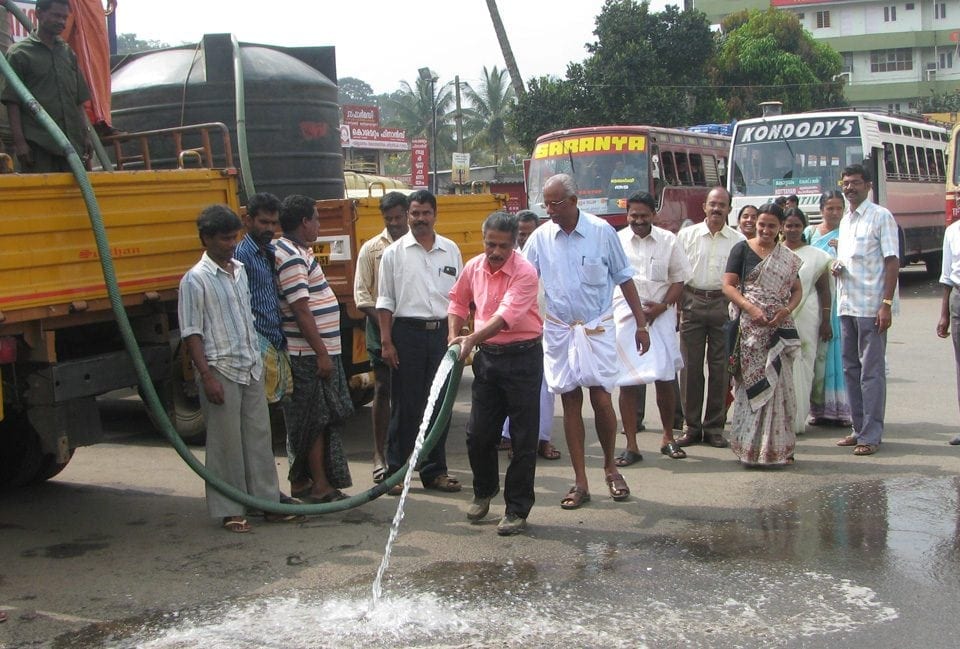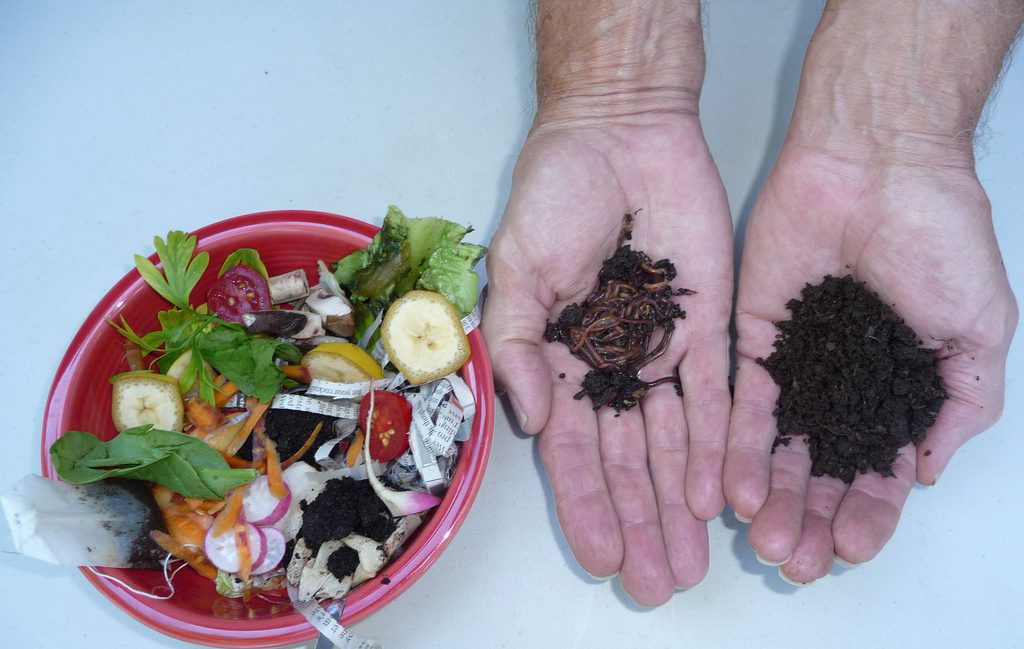
Vermicomposting – Using Food for Making Food
September 30, 2017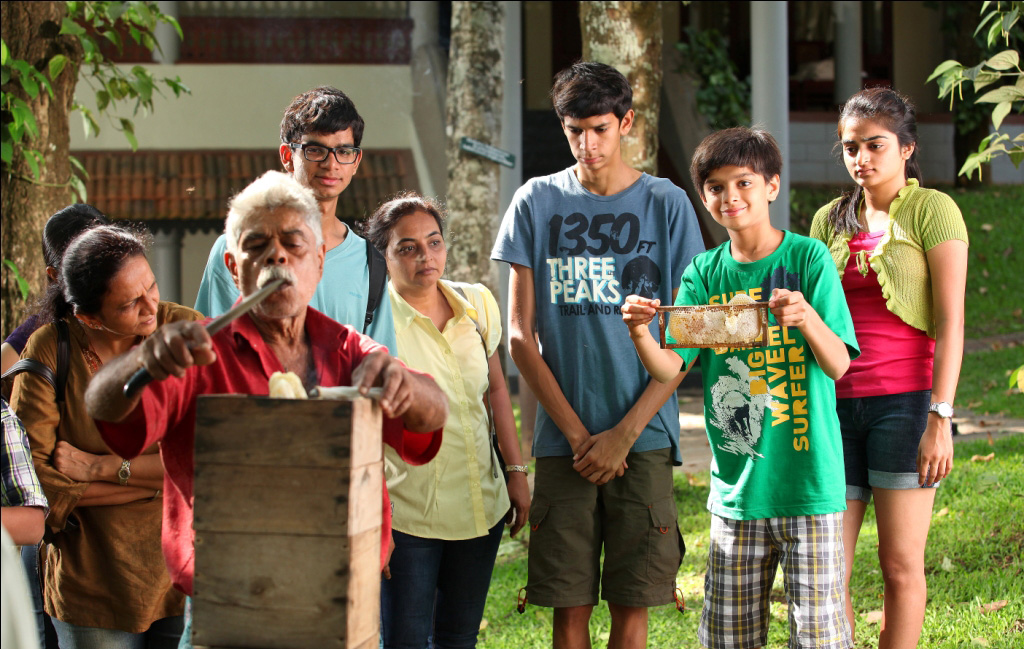
Nature’s Story Of Unity And Community Living
October 17, 2017Mosquitoes are one of the most ancient pests that have plagued mankind since times immemorial. The word “mosquito” (formed by mosca and diminutive -ito) is Spanish for “little fly”.
The old jungle “The female of the species is more dangerous than the male”, holds true for the female mosquito too. Their tube-like mouthparts (called a proboscis) pierce the hosts’ skin to consume blood. A mosquito’s saliva of the mosquito often causes an irritating rash that is a serious nuisance. They are notorious for carrying and transmitting deadly diseases such as malaria, yellow fever, Chikungunya, West Nile virus, dengue fever, filariasis, Zika virus and other arboviruses. This makes it the deadliest animal family in the world.
The only way to combat this threat effectively is by controlling the mosquitoes breeding. A mosquito undergoes four stages in its lifespan: egg, larva, pupa, and adult. Scientists believe that by disrupting their life cycle and habitat, we may be able to reduce the number of mosquitoes in the environment. There are steps that one can take to reduce mosquito populations before resorting to harmful pesticide based repellants and products. Following are few methods we can adopt to reduce mosquito breeding to a certain extent without depending on pesticides.
These are the various techniques that are commonly used across the 4 stages of a mosquito’s life:
Egg Stage:
As most mosquitoes lay their eggs in water, there is the need to seek and remove all the sources of stagnant water that are breeding grounds for mosquitoes. Something as small as a plastic bottle cap or even a Frisbee lying around can turn into a breeding haven for these eggs.
Find and remove any puddles of water or stagnant water around your home to reduce breeding sites.
Puncture unused tires to prevent pools of water from forming inside them.
Clean out your bird-bath every few days. The eggs can get stuck to the bottom and even survive dry periods.
Maintain your swimming pool to prevent mosquito breeding, and report abandoned pools to your local health department.
Larvae and Pupa Stage:
Consider adding mosquito fish to your water garden or small pond if it’s not connected to natural waters.
There are also biological and chemical options to control mosquito larvae.
Adult Stage:
Keep the grass and shrubs in your garden trimmed short; this will reduce places for flying (adult) mosquitoes to rest.
Keep windows and door screens in good working order.
Use mosquito netting over infant carriers when outdoors, especially in the evenings.
Wear long-sleeved shirts and long pants while outdoors, and consider staying indoors early in the morning and evening when mosquitoes are most active.
Mosquito Breeding Control – The Greenwoods Way:
At Greenwoods we use a simple yet effective technique for controlling the breeding of mosquitoes. We place an earthen pot containing water over a earthen cylinder filled with sand. Place this assembled device in an open space. In a time frame of seven days, the mosquitoes will layn their eggs inside the stagnant water kept inside this pot. On the eighth day the water filled pot al;ong with the eggs are emptied into the sand filled cylinder. As a result of which the eggs are destroyed. We at Greenwoods have been able to reduce the mosquito breeding to a great extent and have been able to reduce the use of harmful pesticides.


